PITCH
AROHANA
I have decided to base my music magazine around the Indian culture. I have done a research on Indian music.The biggest form of Indian Popular music is songs from Indian films, it makes up 72% of the music sales in India.The film industry of India supported music by according reverence to classical music while utilizing the western orchestration to support Indian melodies.Indian music originated through religion and belief. Hindu has had a big influence on the music in India. Through history it has developed and people of that society have created sub genres within one genre. Folk music, pop and Indian classical music which has sub genres: Hindustani music and Carnatic.
Folk music:Folk music is different due to the string instruments used. Before there would be drums and bells however, now it involved much more modern instruments such as violin and guitars etc.
Pop music:Pop is referred to popular music. This type of music is more common among younger generations. This type of music has and r&B twist to it where it is mixed and produced to sound more engineered and has bass and features more artificial sounds than natural.
Hindustani music:This is more of classical Indian music which goes back hundreds of centuries. This type of music was more common in Hindu dominated parts of India. People would sing to the gods and dance around to this type of music.
GENRE
WHO IS MY TARGET AUDIENCE ?
My magazine will focus on the genre Bollywood film music so my target audience will obviously be people who listen to Bollywood music. The target audience are women adults, women typically 15-25, students and graduates who have a significant disposable income and time rich. They are typically Indian however there are some other race who would like the genre. Most likely to be Indians who live in America or England.the would be working class.People who like Bollywood films, music and shows are the main target audience. The ethnicity of my audience is Asian and some others as swing music’s are mostly liked by Asian people especially Indians. However some other races may also like Bollywood songs. They work full time (the women probably have their own little hair salon or jewellery shop around Bethnal green area).
MY MODELS
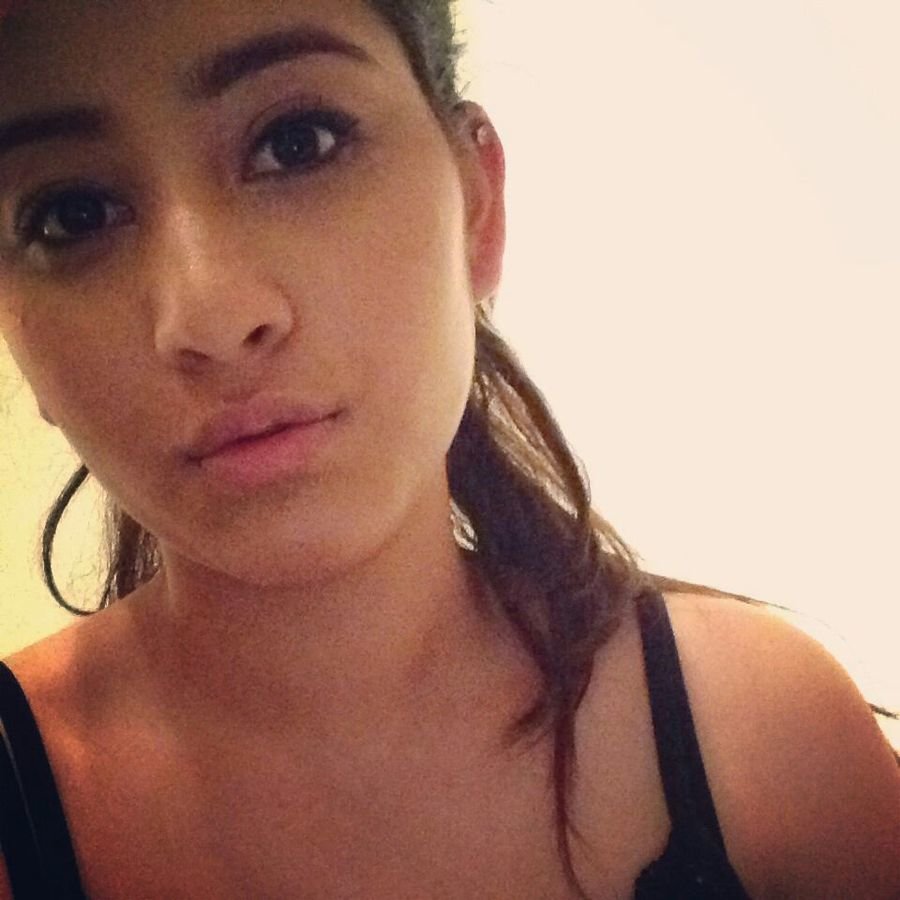
NAME- VAISHAKHI PATEL
AGE - 18
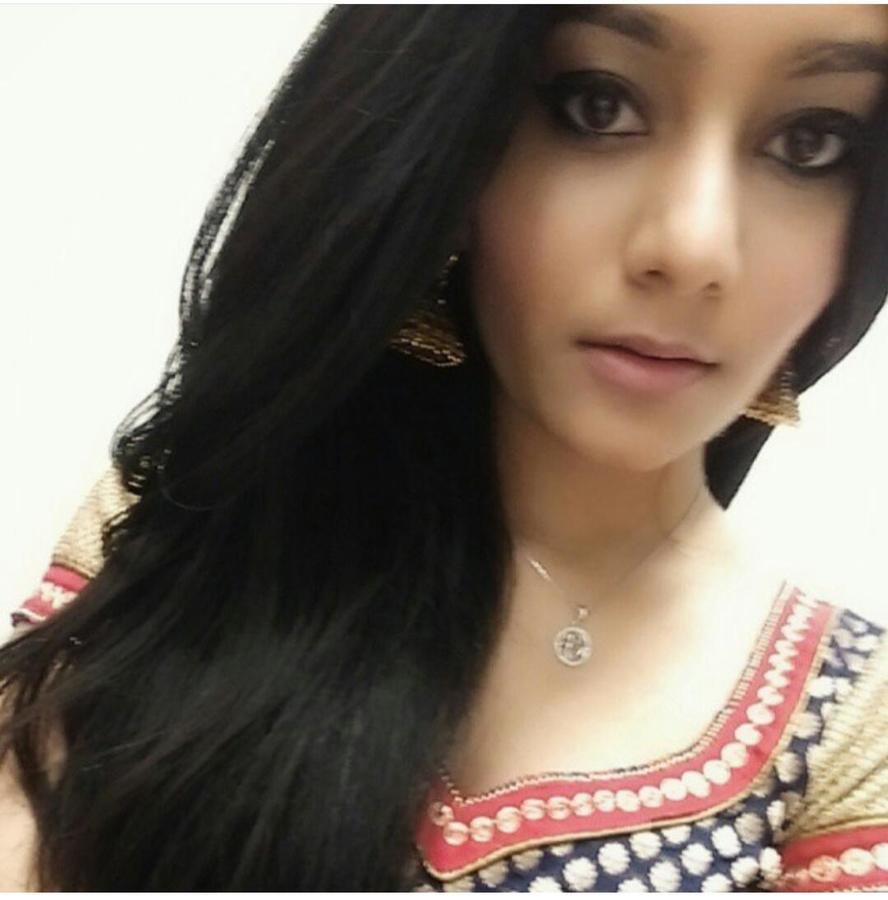
NAME- TORAL PATEL
AGE - 18
INSPIRATIONS
When looking at magazine covers these are the ones I felt most connected to. As they are all unique. For example the HI BLITZ magazine COVER with Shilpa Shetty looks very traditional and being one of the greatest Bollywood icons as well as in Hollywood, appeals more to me and others too. Her confidence is clearly reflective in her posture which inspires me because this quality of looking bold and confident is what I would like to see in my models. Another example of professional looking magazine cover is 'Hello!' This is yet another extremely accustomed photo-shoot which truly brings out the Indian culture. The fact that the whole outfit is presented on the cover makes the cover more appealing and attractive to look at- relatable to my target audience. One criteria for my target audience is family involvement and this magazine fulfils this requirement as the image is of mother and daughter.
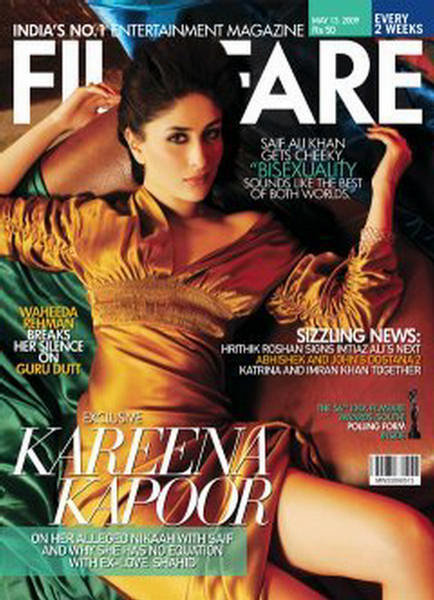
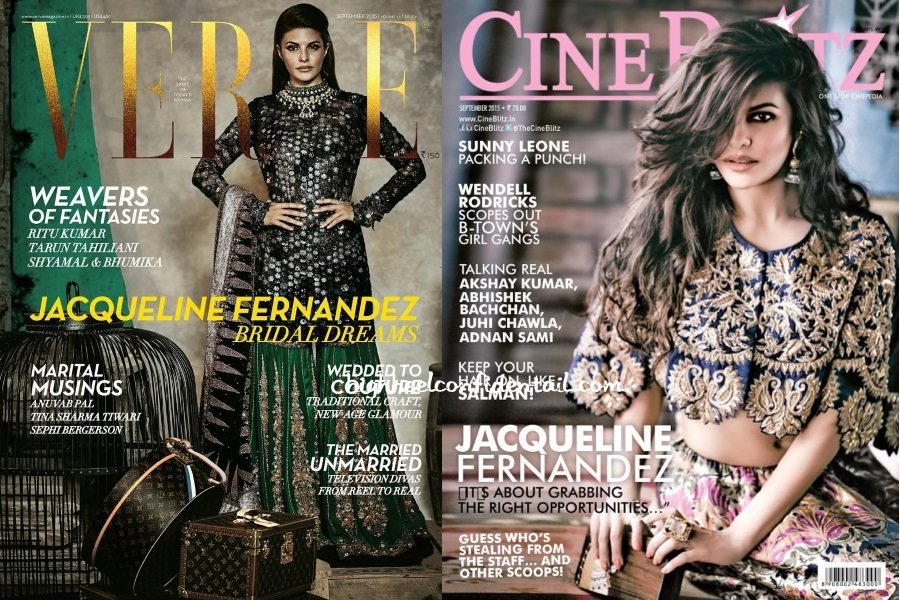
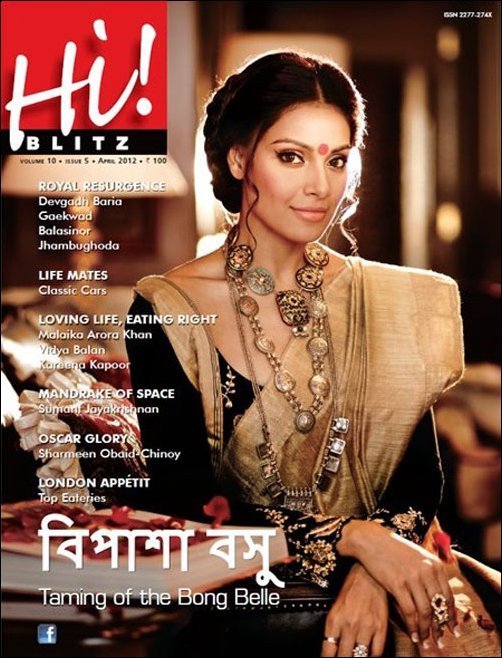
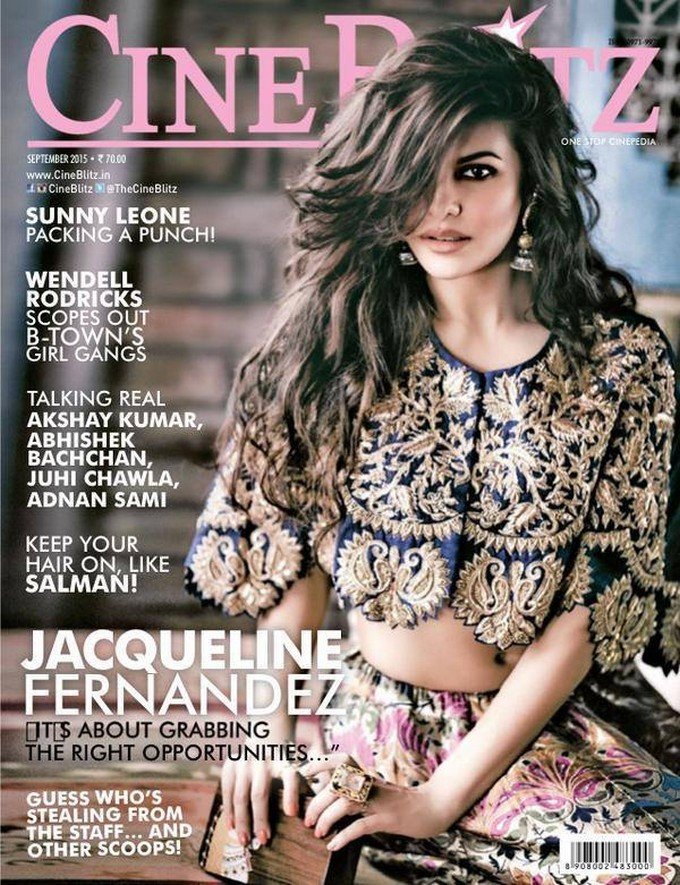
Avirbhav - Avirbhav is that technique of presenting the raga, in which the raga is noticeably expanded and exhibited
Anuvadi - Those notes of a raga that are neither highlighted nor downplayed are known as Anuvadi notes.
Shastra - Shastra is the treatise or text that explains the timeless rules and principles behind music.
Shaudava - Shaudava Raga is the raga that comprises of six notes in its ascending or descending movement.
Antya - Antya is the last section of a musical composition, after which the recital ends.
Tanpura - String instrument used for drone; Tanpura means to fill the void behind the music; to complete or assist a tan; a. k. a. Tamboora
Samvadi - Samvadi is the second most important class into which the notes in the basic musical gamut are divided.
Uttarang - Uttarang is the higher tetra-chord of an octave, which comprises of Pa, Dha, Ni and Sa notes.
Varana - The four Varanas are the four basic ways, on the basis of which musical tones are organized.